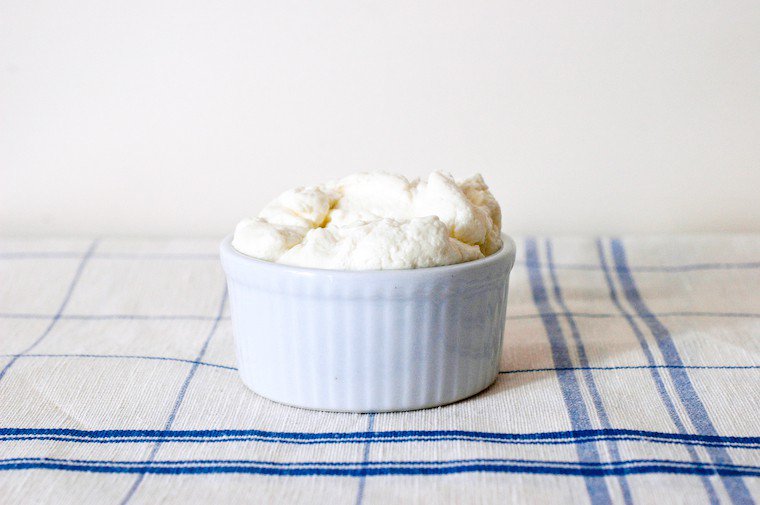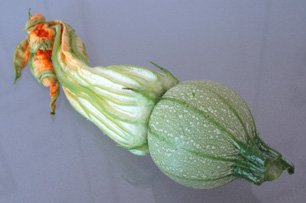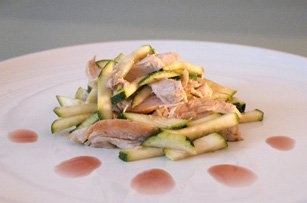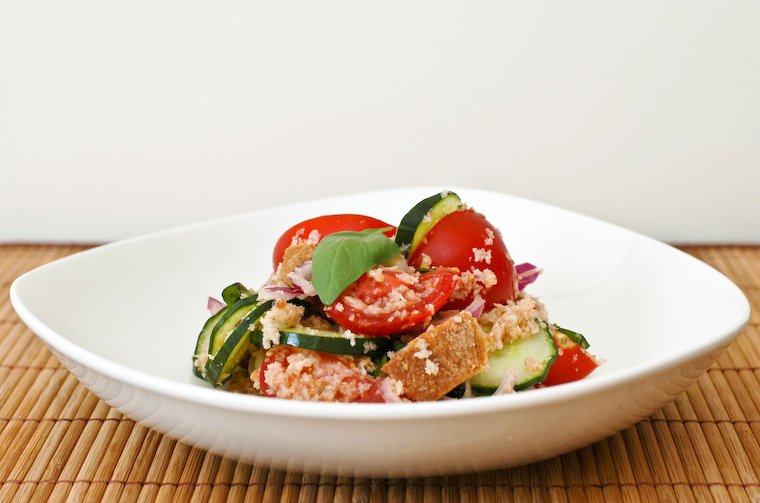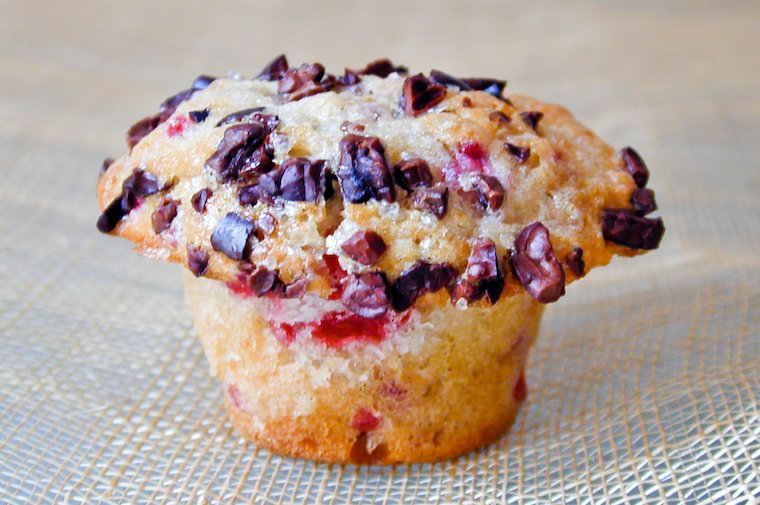The minute I read Heidi’s post about making your own ricotta and her comment that “this ricotta tastes and smells like the milk it is made from so use the best and freshest dairy you can find”, I instantly thought what a perfect use it would be for the bottle of raw milk that Christoph and Susanne gave me for my birthday as part of their superb farm-fresh gift basket.
I set to work in late afternoon the next day, slightly incredulous as to whether this would actually work: I mean, heat up some milk and surely what you get is hot milk, not cheese, right? I must say I am pretty baffled by my own tendency to be the St Thomas of food chemistry — I’ll believe it when I see it. Where does that come from? I shall write myself a prescription to carefully read the entire revised work of both Harold McGee and Alton Brown.
And sure enough, everything went according to plan. When the combined milk and fermented milk reached the magic temperature (I was merrily using the candy thermometer I acquired months ago and never ever used, not even once), curds started to gather at the surface: this was my cheese! I carefully ladled first the whey then the curds into the prepared dishcloth and sieve, waited a bit, gathered the dishcloth into a bunch, tied it to the faucet with a string and a shoelace knot, waited some more, and reopened the dishcloth to collect my pretty ball of fresh ricotta. Does it get any easier? I think not.
Later that night Maxence and I tasted it on its own, then spread it on little Swedish crispbreads, and again in the morning on slices of toasted bread under a thin layer of Christine Ferber’s blackcurrant and violet jam, and declared it to be among the best fresh cheeses we had ever had, one in which the real tastes and smells of the milk and the barn and the happy cow all explode in your mouth — a far cry from the muted fluffy thing that they sell as ricotta in grocery stores here.
Maxence requested that I make a fresh batch for him every day.


